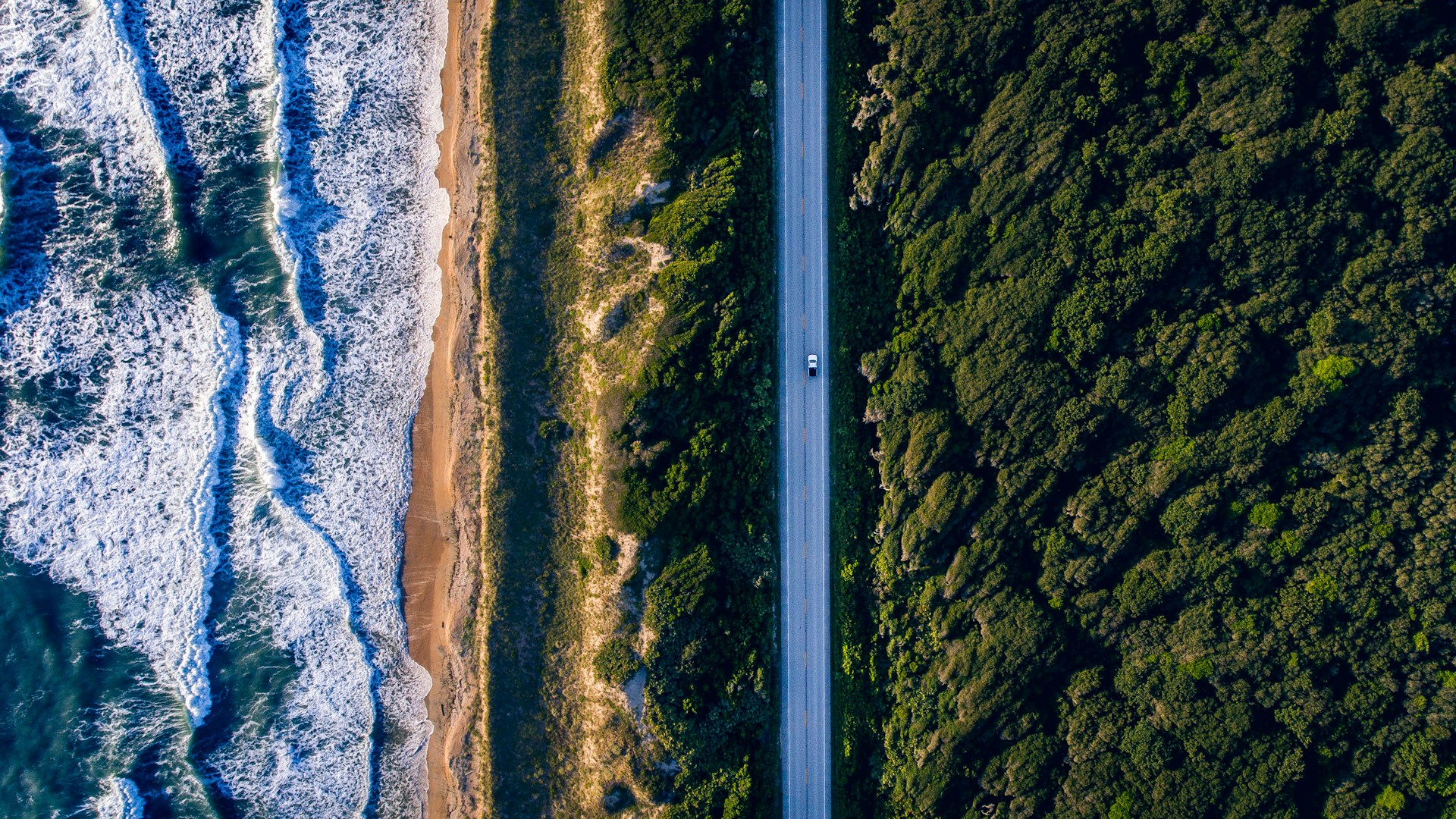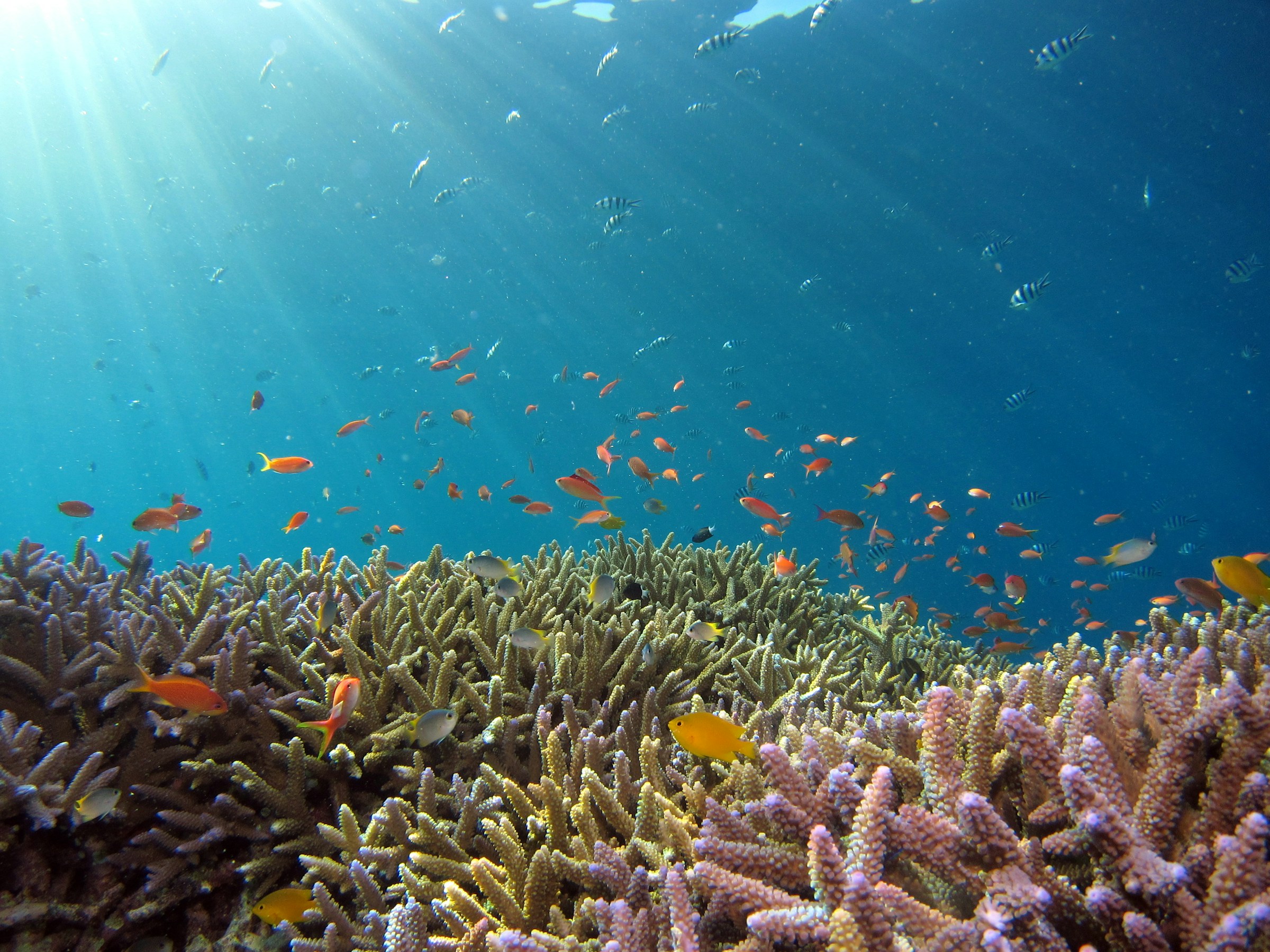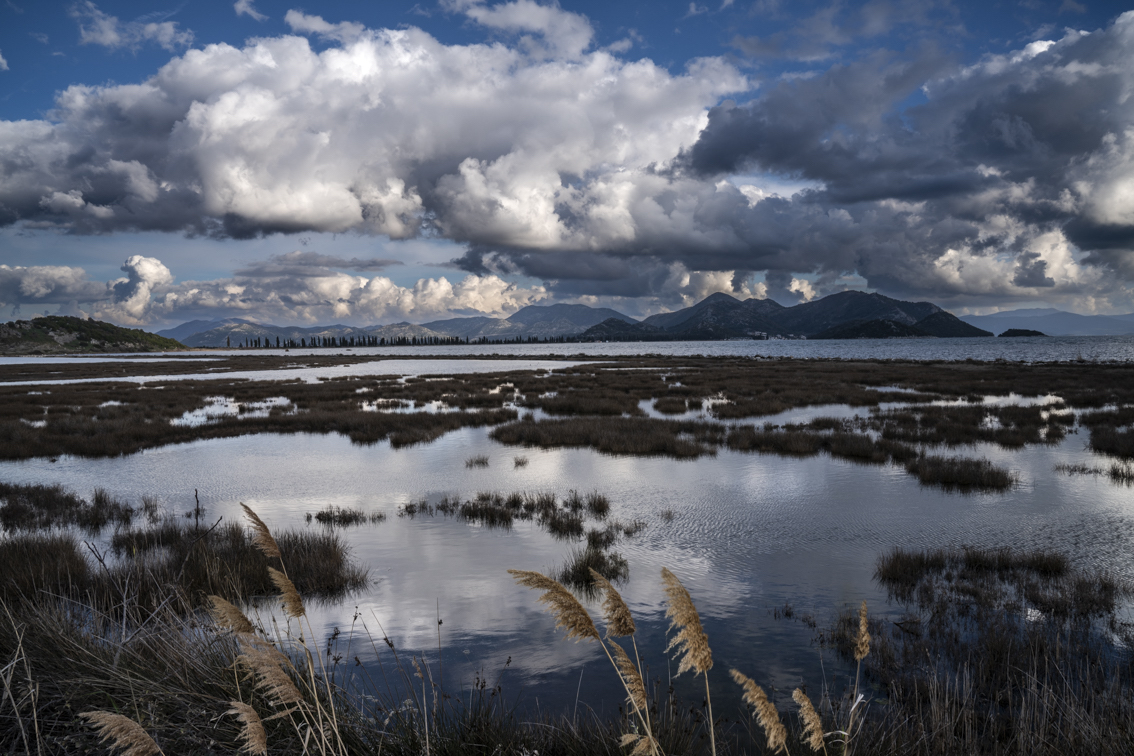Celebrated for its innovative approach to climate communication through storytelling, “Faces of Climate Resilience”, aims to humanise climate change, moving beyond data to share lived experiences and emphasise how communities are adapting through nature-based solutions and traditional wisdom.
The project won the 2023 edition of the CMCC Climate Change Communication Award “Rebecca Ballestra”, the biennial Award organised by the CMCC Foundation that aims to highlight the best communication initiatives that spread awareness about climate change.
Conceptualised and executed by the Council on Energy, Environment, and Water (CEEW), whose climate risks research formed the backbone of the stories, the series provides a hopeful narrative, deviating from the traditional catastrophic stories of climate change impacts. The project was produced in partnership with India Climate Collaborative, Edelgive Foundation and Drokpa Films.
The documentaries present a pan-India perspective, with a spotlight on practical climate adaptation initiatives at the grassroots level, showcasing predominantly women-centric stories set in rural areas that usually bear the impacts of the climate crisis disproportionately.
The sixteen stories featured include a women’s collective in Odisha reforesting a cyclone-prone coast; a youth group in suburban Mumbai raising awareness about climate change among slum residents; a women-led initiative in Uttarakhand collaborating with local forest authorities to combat forest fires; a community radio station disseminating early warnings and disaster preparedness programs; an NGO assisting Rajasthan’s pastoralists with climate-resilient infrastructure; and a town in Kerala fortifying its infrastructure against the backdrop of devastating floods.
“The project gives voice to those at the forefront of the impacts of climate change. The short films help expand our understanding not only of how climate change is affecting the most vulnerable communities, but also demonstrate the role of local knowledge and action in strengthening vulnerable communities’ resilience to the impacts of the climate emergency. Through storytelling as a poetic approach, Faces of Climate Resilience humanizes climate communication in the true spirit of Rebecca Ballestra’s work.”
from the Jury’s note motivating the award
“Complex science around the climate crisis needs more relatable human-centric stories,” said creative producer Milan George Jacob, Communications Specialist at CEEW, in his acceptance speech during the Award ceremony. “Climate communication also needs new hopeful narratives and a focus on solutions.”
Jacob delves into the creation of the “Faces of Climate Resilience” documentary series, covering the project’s goals, its choice of storytelling as a tool, the emphasis on resilience, and the alignment of community-centric approaches with scientific research.
How did you go about researching and selecting the stories featured in the project?
The ‘Faces of Climate Resilience’ documentary series was conceptualised on the basis of climate risk research by the CEEW. It came on the back of India’s first-of-its-kind sub-national-level climate vulnerability assessment, which presented a climate vulnerability index of states and union territories by mapping exposure, sensitivity, and adaptive capacity. The research found that eight out of ten Indians lived in districts vulnerable to extreme climate events such as cyclones, floods and droughts and their associated events. It detailed how the frequency and intensity of these extreme events changed in the last 50 years. This granular data was the foundation for the documentary series. We used this data to narrow down the locations from which the stories were captured.
Once we finalised the states and districts, we scanned the media for unique examples of climate adaptation and resilience from these locations. Media reports presented a broad picture of what was happening at the grassroots level. Based on this information, we contacted several NGOs and individuals at the selected locations. These conversations led to multiple story ideas. The challenge, however, was that we couldn’t approach the filming with a script. We had to go out there, experience the stories first hand and hear from people why they were doing what they were doing. Some of them were trying to adapt to changing weather patterns, while several others were fighting to keep their livelihoods alive. The sixteen films eventually took shape on the edit table from the interviews and other encounters we had on the ground.
Could you share the overarching goals of the project and its intended target audience?
The goals of the project were four-fold. First, disseminate scientific information on climate breakdown through human-centric stories. Second, create an avenue to amplify the voices of India’s most climate-vulnerable people and give them more agency through their stories. Third, inspire climate action by making the climate crisis tangible beyond data. Fourth, highlight scalable examples of climate adaptation and draw attention to traditional climate-resilient practices in the Global South.
The target audience included journalists, students, climate action advocates and influencers, policymakers, government functionaries at the subnational level, civil society organisations, and the wider public.
What prompted the choice of storytelling as a tool to convey information about climate change impacts and adaptation?
After joining CEEW, I was keen on using my anthropological training to explore climate change from the perspective of the most vulnerable people. Coincidentally, my interest aligned with our climate risk research. So, the question was: How do we humanise data and make it more relatable beyond the academic and policy circles? That’s where the idea of storytelling as a tool emerged. Storytelling enabled the blending of data with the lived experiences of people at the grassroots. At the same time, the stories juxtaposed despair and hope, powerlessness and empowerment, vulnerability and resilience.
Why did you choose to spotlight examples and stories of resilience in particular?
As I started my research for the project and dug deeper into the communications gap that needed to be bridged, I realised that the voices of experts and journalists dominated mainstream climate change communications. They focussed on the current and potential impacts of global warming, with the narratives focussing on the problem and offering a Global North perspective. The success stories, those examples of ingenuity when one has to adapt to challenges with minimal resources, were more or less missing. It was clear that our narrative had to present climate change as a problem with solutions. That’s where the idea of humanising climate risks through stories of resilience came together.
The project emphasises the importance of communities, traditional knowledge, local action, and education. How do these elements align with the scientific research conducted at CEEW, and how relevant is the relationship between science and communication?
Given that we have limited time to act, climate change requires top-down and bottom-up approaches to solutions. Collective community action at the grassroots is a crucial component of the bottom-up approach. Traditional wisdom often has a close affinity to the principles of sustainability. CEEW’s research teams also vetted the traditional knowledge-based solutions featured in the stories for their scientific accuracy. In examples like the story of Uttarakhand’s Young Water Scientists, we also found that the community members were trained to execute interventions scientifically.
Science communication and outreach projects that can break down complex scientific information to tell people why it matters are absolutely important. But we don’t do enough of it, in my opinion. While research projects receive substantial grants, the outreach component is often allocated minuscule budgets or even ignored in many cases. Effective communication can transform the outcomes of a piece of research by crafting narratives that inspire empathy and understanding, fueling curiosity and nudging action. In the context of the climate breakdown, it is critical that the issue has a cultural presence to raise more awareness and public engagement. And that is what we are trying to do at CEEW with projects like Faces of Climate Resilience, our cartoon series What on Earth, a spoken word poetry project Love in the Times of Climate Change and many more.
How has the project been received, and what have the reactions of different audiences been?
In 2022, the films were released digitally over sixteen weeks in the run-up to COP27 to create momentum around the climate adaptation discourse. The films were presented at the UNFCCC Global Stocktake Creative Space at COP27 in Sharm El-Sheikh, where they were central to discussions on the role of communications in moving the needle on climate action.
So far, the Faces of Climate Resilience series has travelled to over thirty five screenings in more than ten cities, with a viewership of nearly two thousand people at these events. They have been screened in premier educational institutions, corporate offices, film and literary festivals, and international cultural centres. The screenings were followed by engaging Q&A sessions and panel discussions. The overarching feedback has been that, in addition to raising public awareness, the films work as good conversation starters on climate change and sustainability.
Are there any upcoming communication projects on your radar?
Currently, I’m working on an exciting, first-of-its-kind project called Sustaina India. It is an initiative by CEEW and internationally renowned artist duo Thukral and Tagra to create a platform where science meets art to inspire collective climate action. The first public exhibition of Sustaina India will open on 2 February 2024 on the sidelines of the India Art Fair in Delhi. The exhibition featuring emerging Indian artists will discuss re-imagining a sustainable future.
Lastly, do you have a favourite story from the series, and if so, what makes it stand out?
It’s hard to pick a favourite as each story is unique. The work that these communities are doing is inspirational. Interacting with them and witnessing what they did was humbling. It was a tremendous learning experience and I’m looking forward to being back on the ground soon.
Watch the CMCC Award 2023 ceremony:
More information:
Cover Image: Ten self-help groups in Puri in the Indian state of Odisha are replanting Casurina forests along the coast to reduce the impact of cyclones and seawater intrusion, which destroys their crops. Credits: Shawn Sebastian/ September 2022






